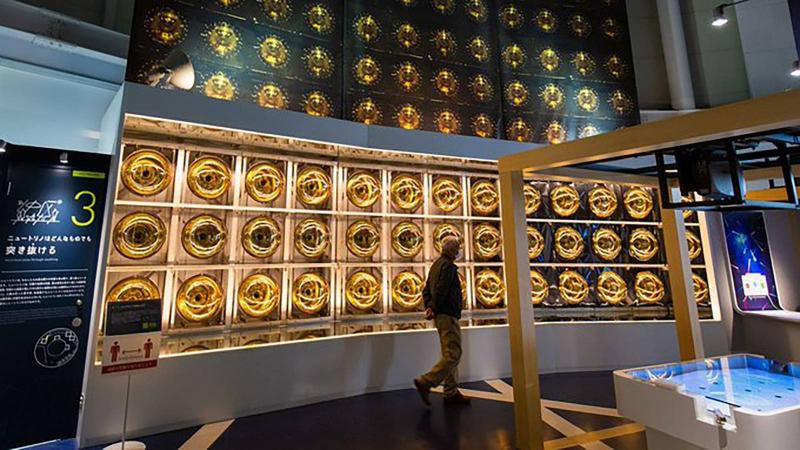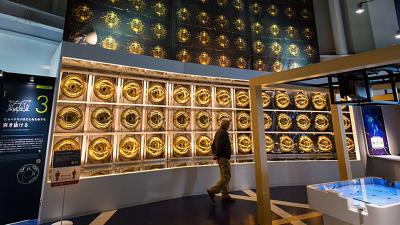The Kamioka Sky Dome in Gifu Prefecture, Japan, is a unique rest stop along the highway, offering visitors the chance to learn about astrophysics while taking a break from driving. This is made possible by the nearby Kamioka Lab Science Museum, which features a range of exhibits related to the Super-Kamiokande Observatory.
Once thriving as a mining town, Kamioka is now part of the city of Hida and has become a destination for hiking enthusiasts. At the same time, the Kamioka Sky Dome rest area attracts many visitors, particularly those on their way to Chubu Sangaku National Park. Unbeknownst to many, it hosts the Kamioka Lab Space Science Museum, which is filled with exhibits showcasing the latest discoveries in astrophysics.
Global attention turned to the Kamiokande and Super-Kamiokande observatories in 2002, when Masatoshi Koshiba was awarded the Nobel Prize in Physics for his discoveries there, a milestone repeated in 2015 when Takaaki Kajita received the same honor, according to the website "Japan in Arabic."
The name "Kamiokande" combines the location of the observatory in Kamioka with the initials of the Nucleon Decay Experiment. Initially, the primary aim of the Kamiokande Observatory was to prove proton decay. However, when the observatory failed to detect any instances of this decay, project leader Koshiba shifted its focus to neutrino monitoring, which ultimately led to the successful observation of a supernova explosion and the Nobel Prize win.
The Super-Kamiokande Observatory, which succeeded the Kamiokande, played a significant role in Kajita's discovery of neutrino oscillation. The term "Super" refers to the fact that increasing the volume of water in the detector by a factor of 10 greatly enhanced the data collection. Additionally, the last three letters of "Kamiokande," "NDE," stand for Neutrino Detection Experiment.
Understanding neutrinos and the operation of the Super-Kamiokande Observatory can be challenging for the average person. As the operational Super-Kamiokande can only be visited by small groups at very specific times, the Kamioka Lab Museum was established to make the observatory's objectives accessible to a broader audience and to celebrate its position as a research hub in Kamioka.
Super-Kamiokande contains 50,000 metric tons of ultra-pure water and is equipped with 11,129 light detectors. Every day, the observatory detects the energy and direction of approximately 20 neutrinos from the Sun and around 10 from the atmosphere by capturing the Cherenkov light emitted when these neutrinos interact with water molecules. These observations have succeeded in answering questions about outer space both in the current era and in the past, as well as what occurs inside stars.




